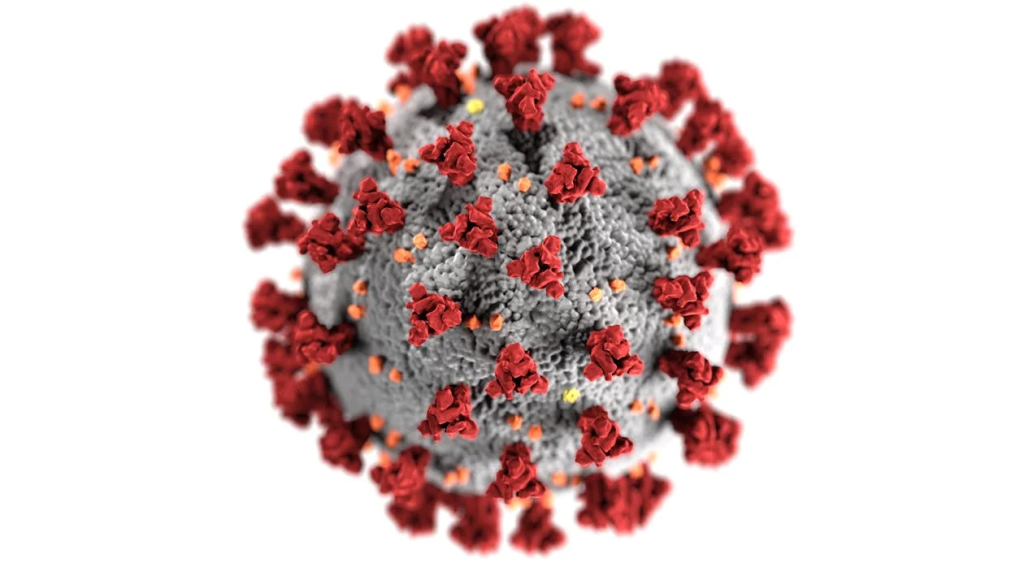Scientists have identified a concerning new coronavirus in Chinese bats that could pose a pandemic threat. Researchers from the Wuhan Institute of Virology discovered HKU5-CoV-2 during a comprehensive study of bat populations across China’s southern and eastern regions. The virus belongs to the lesser known relative of COVID, the merbecovirus family. This family includes the deadly Middle East Respiratory Syndrome coronavirus (MERS-CoV).
Chinese researchers emphasize the need for continued monitoring of this emerging pathogen. Scientists note that while HKU5-CoV-2 can bind to human ACE2 receptors, its binding ability appears weaker than SARS-CoV-2, making infection less likely.
HKU5-CoV-2 Shows Distant Relationship to MERS Virus

Researchers publishing their latest findings in Cell recently revealed that HKU5-CoV-2, a specific viral subgroup, demonstrates an alarming ability: the ability to cross over species barriers. This could potentially trigger dangerous infectious spillover events that could easily transmit from animals to humans. However, experts emphasize there is no evidence it can cause an epidemic in humans.
The virus demonstrates troubling connections to MERS-CoV, one of the world’s most lethal coronaviruses. MERS kills approximately 35% of infected individuals, with 858 documented deaths across 27 countries since 2012. HKU5-CoV-2 shares 80% amino acid sequence identity with MERS-CoV, sharing significant and similar structures. Scientists worry this relationship suggests the new virus could cause severe disease if it successfully crosses into human populations. However, scientists note that HKU5-CoV-2 is not an immediate threat due to its weaker binding affinity to human receptors.
Read More: Covid Surge from NB.1.8.1 Variant Prompts Mask and Lockdown Fears in UK
Researchers Note Weaker Human Binding Capability

Researchers at the Wuhan Institute of Virology found that while HKU5-CoV-2 can bind to human ACE2 receptors, its ability to do so is weaker than SARS-CoV-2. Laboratory experiments reveal the virus’s spike protein can attach to human ACE2 receptors. However, these receptors throughout the human respiratory system show reduced compatibility compared to their natural bat hosts. There are no known human cases and. While HKU5-CoV-2 represents only a “small step” away from human infectivity through mutation, there is no proof of human-to-human transmission.
A Bat Coronavirus with Cross-Species Potential

HKU5 is a bat-derived coronavirus that scientists have identified as having significant potential for cross-species transmission. However, researchers state it currently poses a low risk to humans. The virus naturally infects bats and uses the same ACE2 receptor as SARS-CoV-2, but employs a completely unique binding mechanism that differs from all other known ACE2-binding coronaviruses.
Structural analysis revealed that HKU5’s spike protein remains in a “closed” conformation, stabilized by two fatty acids (oleic acid and palmitic acid) that help the virus avoid immediate detection by the immune system. This closed state prevents direct receptor binding until the virus undergoes conformational changes, representing a sophisticated viral strategy for host cell entry. While this may sound alarm bells and flashbacks to 2020, scientists stress that it is not possible yet.
Laboratory Tests Reveal Limited Human Cell Infection Potential

Controlled laboratory experiments demonstrate HKU5’s limited ability to enter human cells under specific conditions. Chinese researchers created pseudoviruses containing HKU5 spike proteins and replication-competent molecular clones to test infection capabilities across different cell types. Human cells showed successful viral entry only when trypsin was added to the infection medium. This indicates HKU5’s inability to adapt to human hosts. Researchers emphasize that while HKU5 shows some human cell compatibility under laboratory conditions, the risk of natural emergence in human populations should cause panic.
Read More: Urgent Health Warning as Measles Cases Are Detected at Mall of America
Artificial Intelligence Helps Scientists Map Viral Structure

Researchers employed advanced artificial intelligence tools to accelerate their understanding of HKU5 viruses. Washington State University postdoctoral researcher Victoria Jefferson utilized AlphaFold 3 software to simulate how HKU5 spike proteins interact with ACE2 receptors. This AI-generating approach made predictions that matched those of traditional lab methods but in a fraction of the time. This AI modeling revealed critical binding sites and potential mutations in HKU5 viruses.
Mink Infections Demonstrate Cross-Species Transmission Risk

Scientists discovered evidence of HKU5 viruses (not HKU5-CoV-2) jumping from bats to minks in China. This cross-species transmission concerns scientists as it reflects the broader HKU5 virus family’s ability to cross species barriers. The mink infections particularly concern scientists because these animals serve as intermediate hosts between wildlife and humans.
Global Surveillance Efforts Intensify Following Discovery

The HKU5-CoV-2 discovery has prompted increased monitoring efforts across international health organizations. Scientists emphasize the critical importance of enhanced technology to properly track merbecovirus evolution and spread. Researchers advocate for improved wildlife monitoring programs, particularly in regions where bats and humans interact frequently to prevent potential spillover events that could trigger global pandemics.
Conclusion

While HKU5-CoV-2 may be a “small” genetic mutation from infecting humans, scientists stress no human infections have been documented. They also stress that continued research, surveillance, and preparedness efforts remain essential. However, experts note there is no cause for concern at this stage. HKU5-CoV-2 is not an immediate threat due to its weaker binding to human receptors compared to relative SARS-CoV-2.

